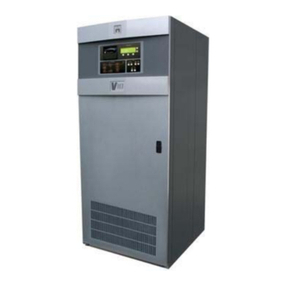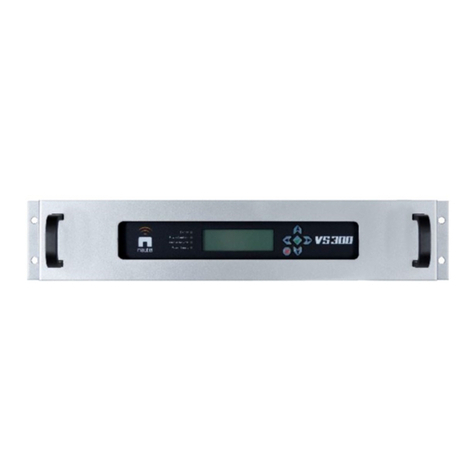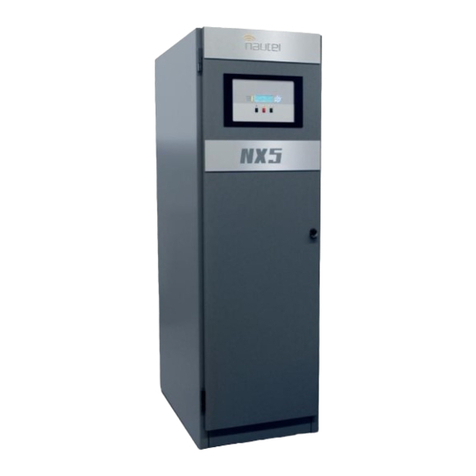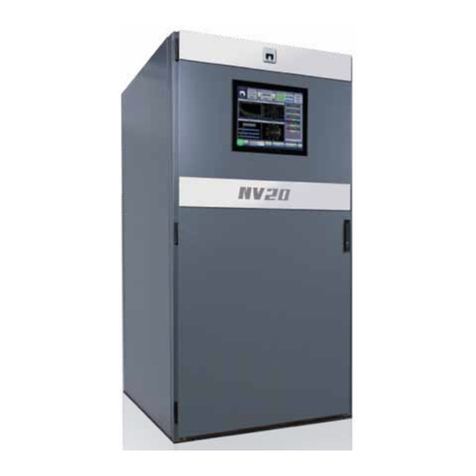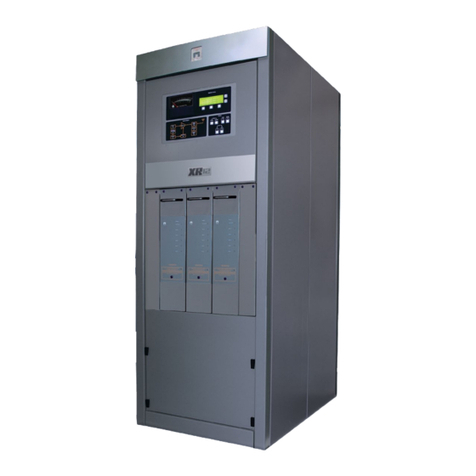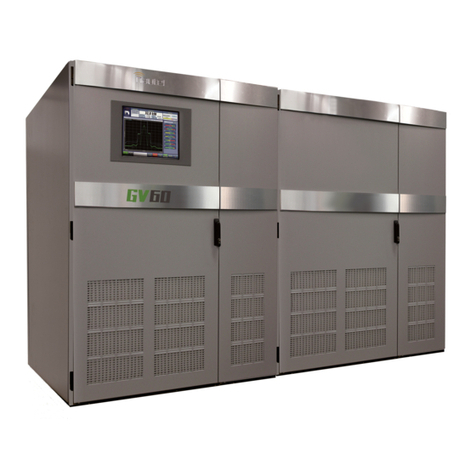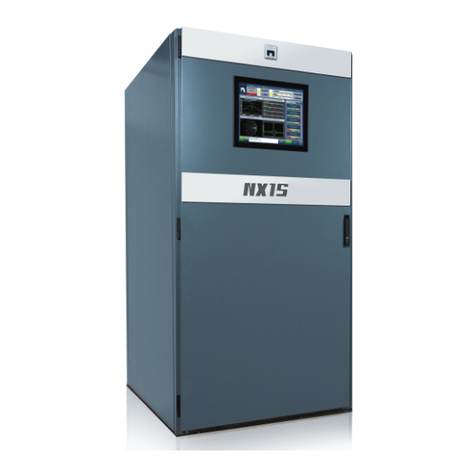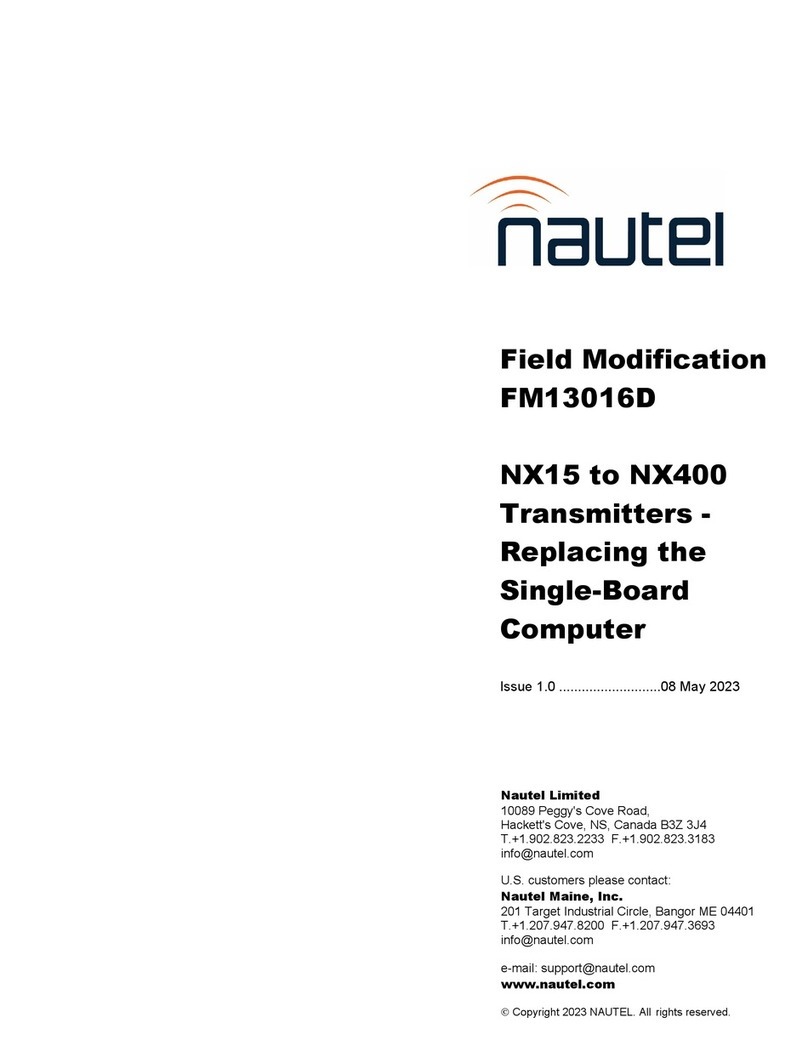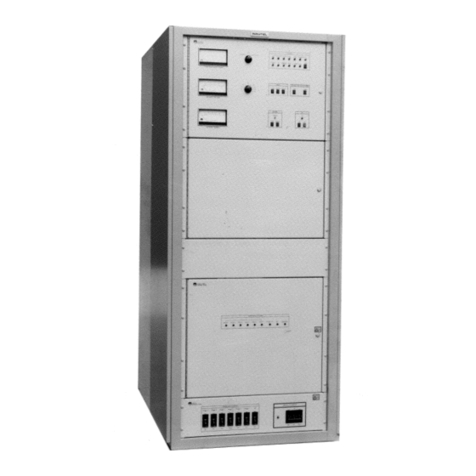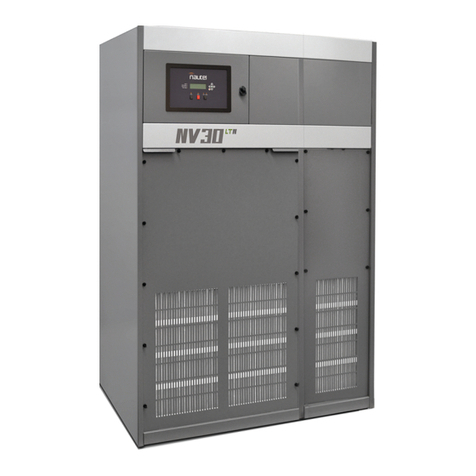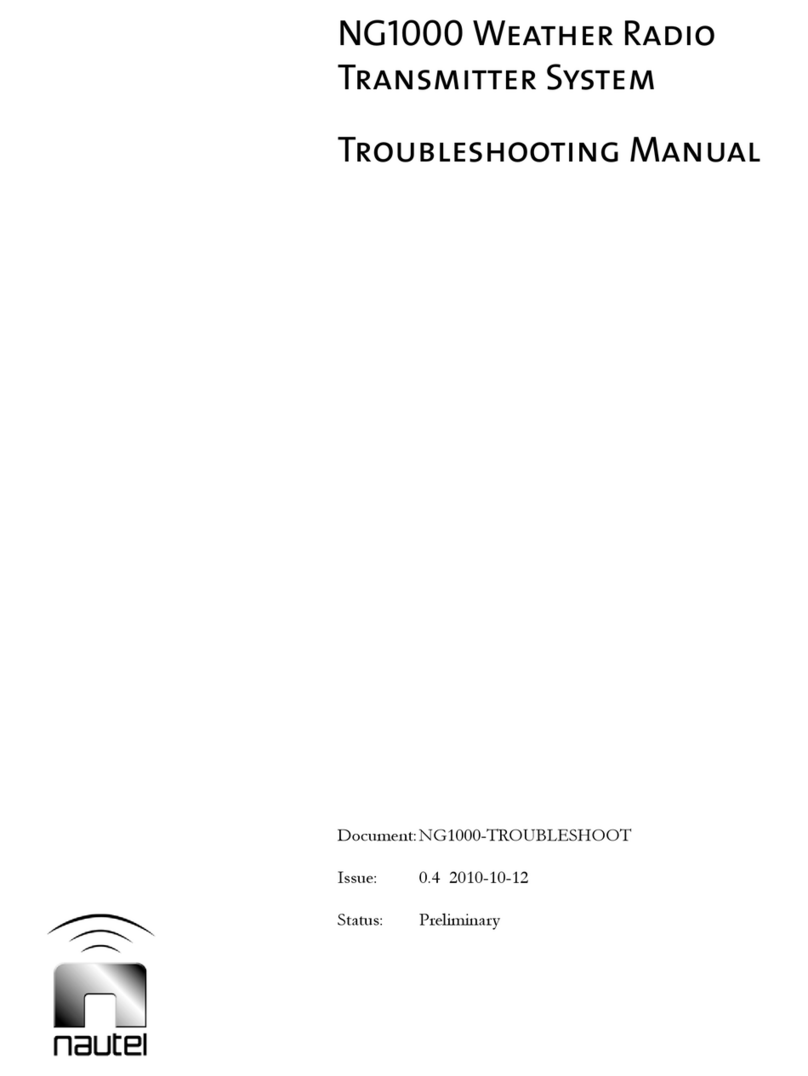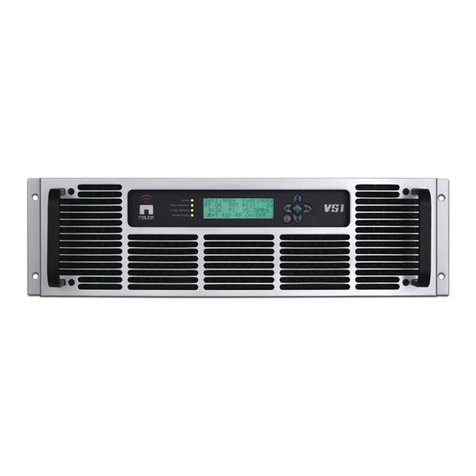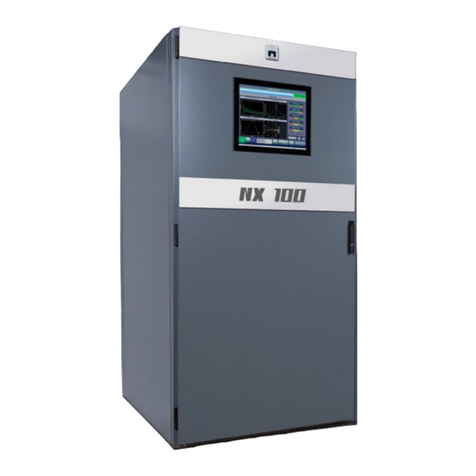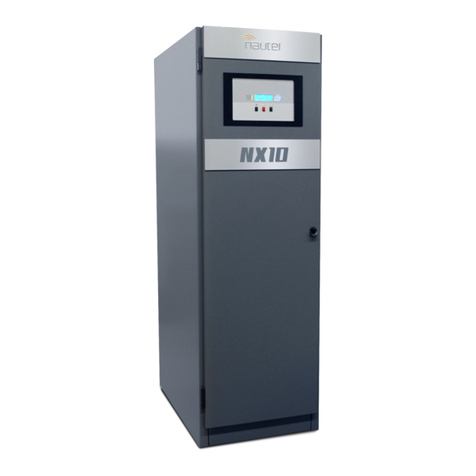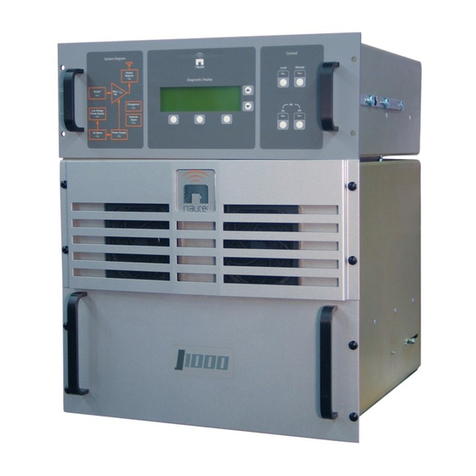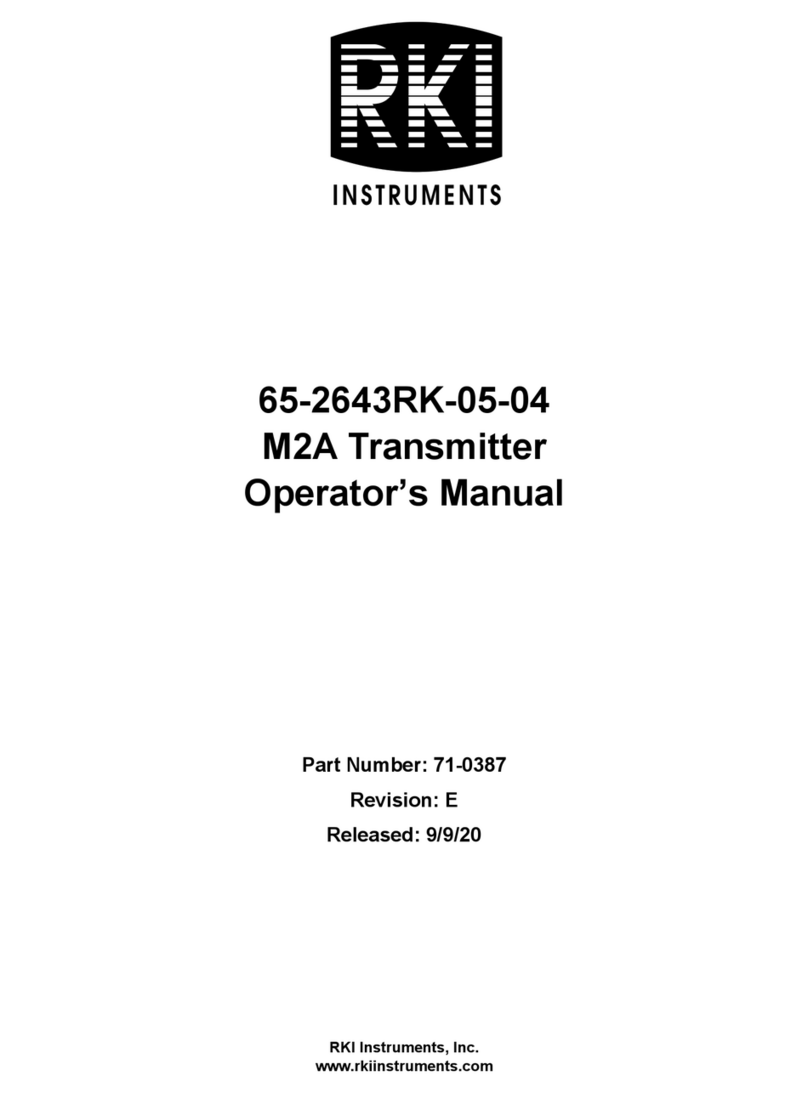
Page 7
Detailed Installation Procedure
A. Floor Layout Panels
1. Refer to the ATU floor layout drawing. This drawing provides an overall
dimensional view of the major structural elements of the ATU building, without
the RF components. This drawing also shows the placement of the input and
output panels relative to the rest of the building.
2. Locate the 4’ x 8’ x 1/8” Hardboard panels that will be used as a layout pattern for
the floor of the ATU RF components. Referring to the ATU floor layout drawing,
the panels should be placed tightly together leaving no spaces between the panels.
The proper placement of the components has been marked on the panels, and
these markings can also be used as a guide to ensure that the panels are correctly
placed. Duct tape or similar adhesive tape may be used to secure the Hardboard
panels into place, once they have been all correctly placed.
Note the location in the drawing for the “Reference Corner”, and the locations of
the RF input and the RF output for the ATU building. Also refer to the photos of
the factory mockup of the system for which the components have been removed
from the floor, leaving only the Hardboard template.
3. After the Hardboard layout pattern is fully assembled and secured, pre-drill all the
marked hole locations for each panel with a 5/16” nominal drill bit through
Hardboard material and copper if necessary. Make sure the holes are drilled
vertical to the floor and are drilled completely through the Hardboard, and then
using 1/4” masonry drill bit (or nearest size that corresponds to the concrete
anchor bolt sizes that will be used.), drill anchor holes in the concrete floor using
Hardboard template. The holes must be drilled to the appropriate depth dictated
by the concrete anchors being used to secure the panels to the concrete floor.
4. When all of the marked hole locations have been pre-drilled, remove the
Hardboard sheets one at a time. As each Hardboard sheet is removed, mark each
component number on the floor for the placement of each component.
5. Make sure all of the mounting holes have been drilled to the correct depth for all
mounting holes in the floor. When all the holes have been drilled, clean out the
debris from the holes with a vacuum cleaner. Then, install the hardware anchors
into the holes in the concrete for each component panel. To ensure that all of the
holes have been included, do this for only one component panel at a time.
